Name Tudor Parfitt Role Writer | ||
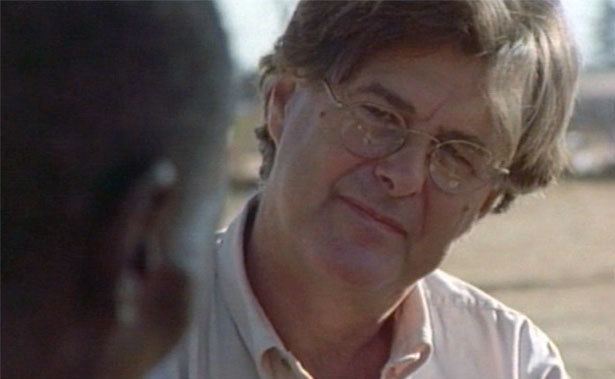 | ||
People also search for Emanuela Trevisan Semi, Edith Bruder, Yulia Egorova, Glenda Abramson Books The Lost Tribes of Israel, The Lost Ark of the Covenant, Black Jews in Africa and the A, Journey to the vanished, The road to redemption | ||
Exploring religion genetics identity tudor parfitt tedxfiu
Tudor Vernon Parfitt (born 10 October 1944) is a British historian, writer, broadcaster, traveller and adventurer. He specialises in the study of Jewish communities around the world, particularly in Africa, Asia and the Americas. Some of these communities have been recognised only since the late 20th century as having ancient Jewish origins.
Contents
- Exploring religion genetics identity tudor parfitt tedxfiu
- The british indiana jones tudor parfitt
- Early life and education
- Academic career
- Origins of the Lemba
- Books
- Documentaries
- References
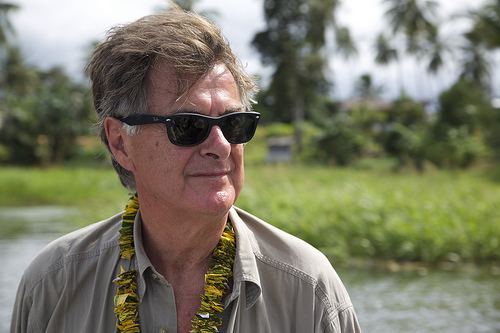
Parfitt is Emeritus Professor of Modern Jewish Studies in the University of London at the School of Oriental and African Studies (SOAS), where he was the founding director of the Centre for Jewish Studies. He is now Senior Associate Fellow at the Oxford Centre for Hebrew and Jewish Studies. He is Corresponding Senior Fellow of the Académie Royale des Sciences d’Outre-Mer, Koninklijke Academie voor Overzeese Wetenschappen, Belgium and chair of the Academic Advisory Board of the Paris-based Projet Aladin. He is a Fellow of the Royal Historical Society in the United Kingdom. He was appointed visiting Distinguished Professor at Florida International University in 2012 and Alumni Fellow at the Hutchins Center, Harvard College.
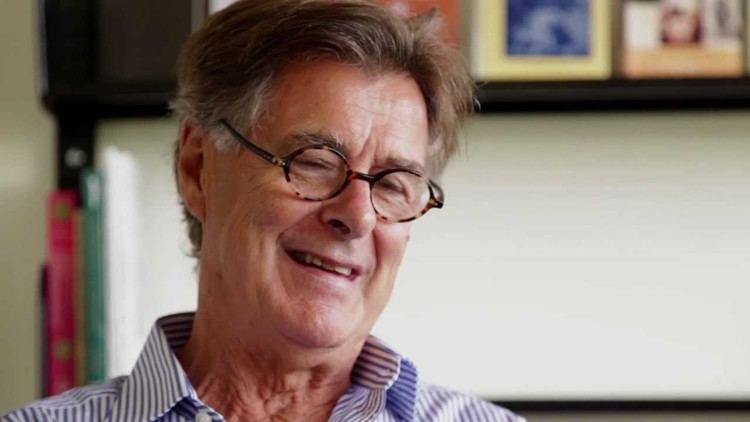
Parfitt has published over 100 articles and written, edited or translated 27 books.

The british indiana jones tudor parfitt
Early life and education
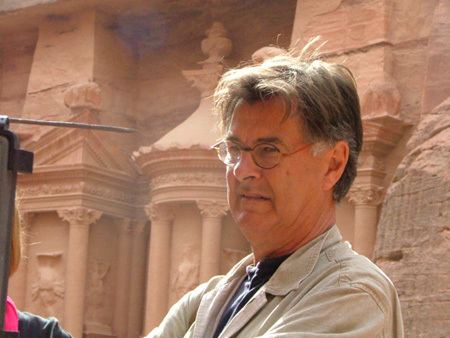
He was born Vernon Tudor Parfitt in Porth, Wales, in 1944, as the son of Vernon (a headmaster) and Margaret (Sears) Parfitt. He was educated at Loughborough Grammar School.
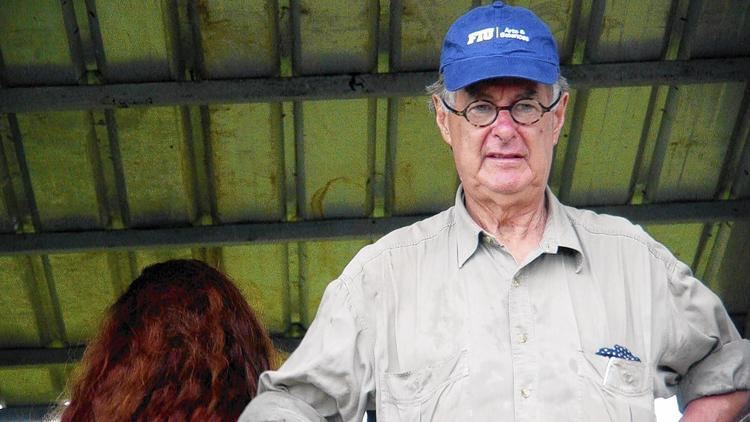
In 1964 Parfitt spent a gap year with Voluntary Service Overseas (VSO) in Jerusalem, where he worked with handicapped people, some of whom were Holocaust survivors. Upon his return to Britain, he studied Hebrew and Arabic at the University of Oxford. In 1968 he was awarded the Goodenday Fellowship at the Hebrew University in Jerusalem. He completed a D.Phil at Oxford with David Patterson and Albert Hourani, on the history of the Jews in Palestine and their relations with their Muslim neighbours. He expanded it for publication by the Royal Historical Society.
Academic career
In 1972 Parfitt was appointed lecturer in Hebrew language, literature and history at the University of Toronto, Canada. In 1974 he was appointed Parkes Fellow at the Parkes Institute for the Study of Jewish/non-Jewish Relations at the University of Southampton in England. Shortly afterward, he took up a lectureship in Modern Hebrew at SOAS. His first body of work interrogated the received wisdom about the nature of the revival of the Hebrew language.[6]
His main academic interests have been: the Sephardi/Mizrahi communities of the Muslim world, Jewish-Muslim relations, Hebrew and Hebrew Literature, Judaising movements, Jewish genetic identity and the discourses surrounding it, attitudes towards Jews and Zionism in South Asia, and Jews in Asia and Africa.
Throughout the 1980s, Parfitt undertook covert lecture tours to Jewish Refusenik groups in the Soviet Union and Czechoslovakia. In 1985 he spent several months visiting the various Jewish communities of Asia - including Thailand, Singapore and Japan. There he interested the Emperor's brother, Prince Mikasa, in the Jewish communities of the East. In 1987 he was asked by the Jewish community of Singapore to write an official history of the island's Jews. That same year he visited Syria to write about the situation of its Jewish community for the Minority Rights Group. He was arrested by the Syrian secret police, the Mukhabarat, during his trip. He describes these events in his first travel book: The Thirteenth Gate.
In the early 1990s, Parfitt conducted fieldwork in Yemen, researching its ancient Jewish community, and wrote a book on the subject. In The Road to Redemption, he said that the Yemenite Jews had emigrated to Israel as a result of extreme prejudice, persecution, legal disabilities and because of the rapidly changing economy of the Indian Ocean region. He also researched and presented a BBC documentary called The Last Exile on this subject. In 2002 he published his Lost Tribes of Israel: the History of a Myth. One of his themes is that the creation of Israelite and Judaic identities throughout the world, from the Americas to Papua New Guinea, was an innate feature of western colonialism in general, and British Israelism in particular whereby Israelite identities were constructed in the colonies as a means of comprehending a wide range of religious and cultural manifestations. In some cases the colonial effort was supported by the idea that indigenous cultures were descended from the Biblical House of Israel. In his recent work on the origins of race, he consults with British, German and French Enlightenment scholars.
Origins of the Lemba
In 1984 Parfitt was commissioned by the London-based Minority Rights Group to write a report on the Ethiopian Jews who had fled Ethiopia. They had migrated to escape persecution and famine, but were dying in large numbers in the refugee camps along the border between the Sudan and Ethiopia. His visits to the camps coincided with Israel's Operation Moses, which rescued thousands of Ethiopian Jews and took them to Israel. Parfitt's book on the operation was translated into many languages. He later was selected as the Vice-President of the Society for the Study of Ethiopian Jewry (SOSTEJE).
Subsequently, he turned his attention to another black and apparently Jewish group: the Lemba tribe of southern Africa. They claimed descent from some ancient Jewish population. He published Journey to the Vanished City (1992) about his six-month journey throughout Africa, in which he traced the origins of the tribe to the eastern end of the Hadhramaut in Yemen. There he discovered the ancient city of Sena and origins of the tribe in some migrating Jewish traders. TV programs about the discoveries, and major newspaper coverage, brought Parfitt international attention. He was nicknamed the British 'Indiana Jones,' after a film character.
Seeking more data, in 1996 and later years Parfitt organised Y-DNA studies of Lemba males. These found a high proportion of paternal Semitic ancestry, DNA that is common to both Arabs and Jews from the Middle East. The work confirmed that the male line had descended from a few ancestors from southern Arabia. In recognition of this work, he was made corresponding fellow of the Académie Royale des Sciences d’Outre-Mer.
The Lemba have a tradition of having brought a drum, or ngoma, from the Middle East centuries ago. Parfitt noted that their description of the ngoma was similar to that of the Biblical Ark of the Covenant. He observed that rabbinic sources maintain that there were two Arks of the Covenant: one the ceremonial Ark, covered with gold, which was eventually placed in the Holy of Holies in the Temple; the other the Ark of War, which had been carved from wood by Moses and was a relatively simple affair. Parfitt proposed that the Ark of War may have been taken by Jews across the Jordan River and, citing Islamic sources, suggests that they carried it as they migrated south, while under rule by Arab tribes. The Lemba claim to have brought their ark/ngoma from Arabia at some point in the past. In 2007, Parfitt discovered an object he claimed was a copy of the ngoma.
Parfitt wrote The Lost Ark of the Covenant: Solving the 2,500 Year Old Mystery of the Fabled Biblical Ark (2008), documenting his findings. Associated documentaries were aired on Channel Four and the History Channel. The BBC reported that the discovery of the ngoma "instilled pride among many of the Lemba". In 2010 Parfitt was invited to address a symposium in Harare on the subject; attendees included the cabinet and vice-president John Nkomo. The ngoma has been exhibited at the Zimbabwe Museum of Human Sciences. The authentic ngoma was briefly on display but was soon replaced by a replica.
Parfitt subsequently turned his interest to Jewish communities in India and the Pacific. His DNA work on the Bene Israel, the origins of whom were obscure, showed that they were descended from males from the Middle East, consistent with their oral histories of origin. These successes led other Judaising groups, including the Gogodala tribe of Papua New Guinea, to seek help in determining their own origins. Parfitt's pioneering work has contributed to the expanding study of the spread of Judaism and Judaising movements throughout the African continent.
